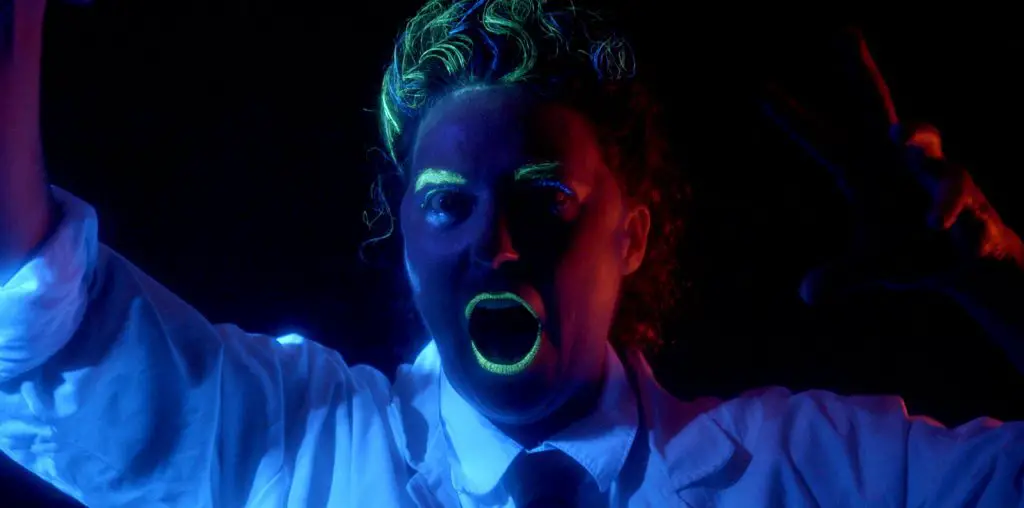
In 1972, British filmmaker Tony Palmer followed the European and Israeli tour of Canadian folk singer/poet Leonard Cohen. The result of Palmer’s effort was the documentary “Bird on a Wire.” However, Palmer’s film was never shown – at Cohen’s insistence, the film was re-edited without Palmer’s input. After a scant release, the re-edited “Bird on a Wire” disappeared from view and was only available for years as a bootleg video. Palmer’s version, however, was considered lost.
In 2009, Palmer received word that 294 cans of film from the 1972 tour were located in a Hollywood warehouse. A lot of the footage was in advanced stages of deterioration and some only existed in black-and-white; the original negative was nowhere to be found. However, the original sound dubbing tracks were located, thus allowing Palmer to piece together his mangled work. The resulting restoration has been made available on DVD, and it is nothing short of astonishing.
Cohen, to be charitable, is an acquired taste. Even Cohen openly admits in the film that he does not possess a good singing voice, joking that he cannot tolerate listening to his work for more than a half-hour. In the hippy-dippy late 1960s and early 1970s, Cohen’s wordplay and low-key performance style resonated with longhaired youths in search of user-friendly profundity. Today, however, coming to the film’s 17 songs and four poetry recitations, it helps if the viewer is a Cohen devotee or has an understanding of the popular tastes of four decades ago.
Yet for those who are not Cohen fans, “Bird on a Wire” is a still wonderful work that demands to be seen. Nonfiction filmmakers can learn much from the film’s unobtrusive style: Palmer’s fly-on-the-wall view of Cohen’s travels offers a surplus of imaginative camera placement and subtle editing. More importantly, the film repeatedly stresses the human element of Cohen and his ensemble, creating a portrait of seemingly ordinary people that find themselves in an extraordinary circumstance. At several points, Cohen seems to pull back and look in astonishment at his far-flung surroundings – and his sense of wonder and occasional confusion provides the film with a soulful foundation that is often lacking in music industry documentaries.
The European/Israeli tour, as documented by Palmer, was often an exercise in frustration for Cohen and his ensemble. Unsatisfactory audio equipment provided endless problems – at one point, two fans confronted Cohen back stage to complain about the poor sound quality of his show. An endless parade of journalists kept trying to pry words of wisdom from Cohen, whose self-deprecation and distinctive lack of insight inevitably created weak interviews. At several stops along the way, beautiful women tried to ingratiate themselves into Cohen’s company – but these lovely would-be groupies faced rejection with a mix of confusion and resentment.
But despite the mishaps, audiences were overwhelming responsive to Cohen’s appearances. Cohen would repeatedly laugh when audiences began applauding the guitar introductions to his number, claiming that it was impossible for anyone to guess what he was going to play. Yet by the final show in Jerusalem, Cohen is in tears of joy that his efforts had been appreciated. Cohen’s triumph is mirrored in Palmer’s double triumph in capturing the moment back in 1972 and recapturing it again for future generations to enjoy.

